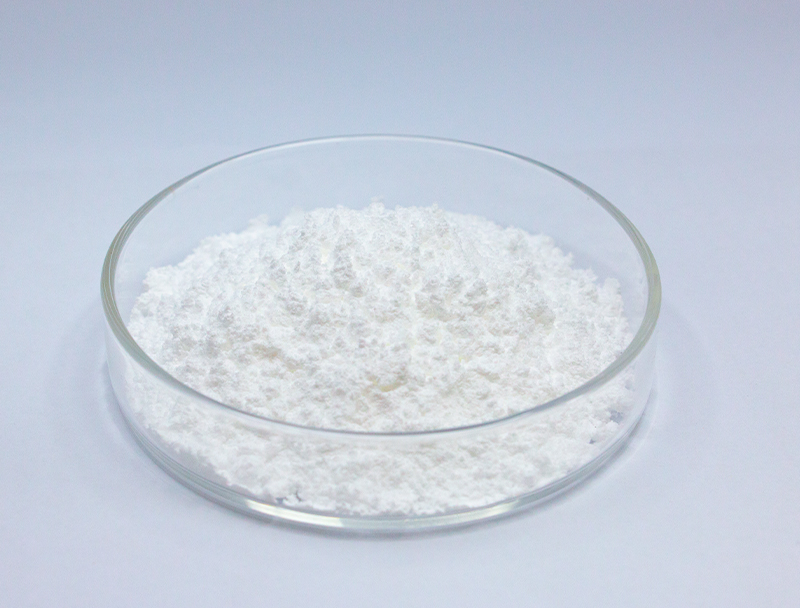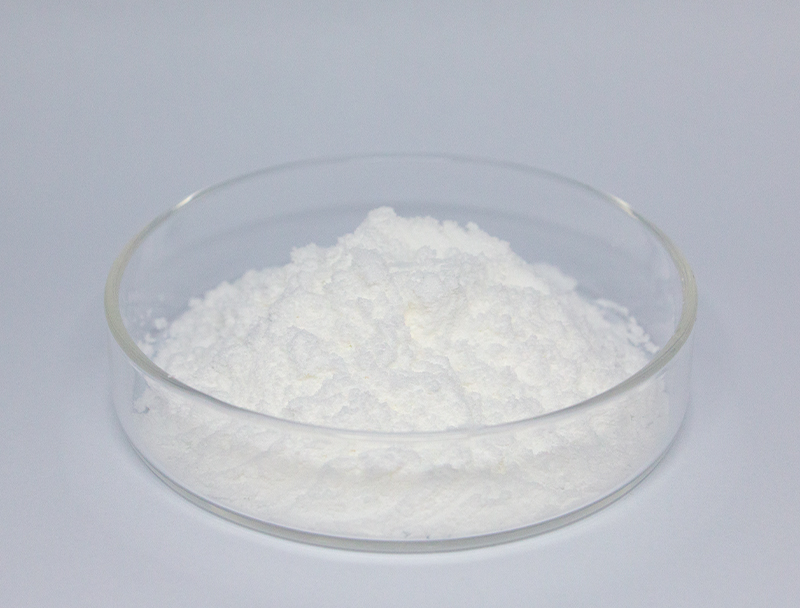
Modern biofabrication is grounded in a wide assortment of biomass sources to supply inventive bioproducts.
Preserving environmentally mindful sourcing is vital for future-proofing and moral progress in biomanufacturing.
an array of drawbacks from conventional supply chains including carbon-intensive impacts and resource exhaustion. Thus, organizations must explore circular sourcing options to lessen environmental harm.
- Cases of responsible feedstock strategies feature:
- Employing waste-stream inputs from industry leftovers
- Integrating recovery systems to shrink waste while improving throughput
- Working with community-based suppliers that follow ethical standards
The transition to greener sourcing offers both planet-friendly outcomes and business advantages.
Tuning Feedstock Characteristics for Higher Biofuel Efficiency
Improving fuel production performance hinges on the attributes of biomass inputs. Analysts tirelessly probe advances to elevate feedstock conversion, leading to higher yields of biofuels and a more sustainable energy future. Efforts pair genetic enhancement for feedstock abundance with advanced pretreatment to produce usable sugars.
- Additionally, researchers are focusing on identifying new sources of biomass, such as algae, waste products, agricultural residues, to expand the range of sustainable feedstocks available for biofuel production.
- With persistent development the field will likely demonstrate notable gains that foster a more sustainable energy system.

Next-Generation Upstream Methods in Biopharmaceuticals
entails beginning production stages such as cell growth and biomass recovery Recent developments in this field have resulted in optimized workflows that raise overall output.
Notable improvements feature new expression systems, refined media recipes, and automated reactor platforms. These strategies improve manufacturing efficiency and lessen cost and ecological effects.
- In addition, momentum toward nonstop processing offers improved flexibility and optimized operational flow.
- This move toward intelligent production systems is expected to reshape the industry and hasten drug development.

Next-Gen Gene Editing for Enhanced Protein Expression
innovations in genome-editing toolsets have enhanced biopharmaceutical manufacturing. With exact genomic alterations, researchers improve host productivity for therapeutic manufacture. The technique provides opportunities to manufacture economical, high-yield therapeutics for varied indications.
Using Microbial Systems for Site-Specific Remediation
promising microbial strategies enabling effective environmental cleanup and restoration. Selected microbial cultures can remediate contaminants through biodegradation pathways.. Tapping into these capabilities enables green remediation tactics to restore ecosystems affected by industrial contamination.. Laboratories test microbial species for efficacy against metals, pesticide pollutants, and oil-related contamination. The microbes may be applied within engineered reactors or in situ to catalyze pollutant degradation via biotransformation..
The use of microbial biotechnology in bioremediation offers several advantages over conventional methods. This route is often more affordable and reduces the formation of toxic residues. Also, microbial interventions offer targeted remediation that minimizes collateral ecosystem disturbance. The field of microbial biotechnology continues to advance rapidly, with ongoing research focused on improving the efficiency and effectiveness of bioremediation strategies.
Digital Methods Accelerating Pharmaceutical Discovery
Informatics platforms are essential to current drug discovery and development pipelines. From target selection to safety profiling, bioinformatics empowers rapid, data-informed therapeutic design.
- Through evaluating comprehensive genomic, proteomic, and clinical data, teams detect novel targets and predict drug action.
- Moreover, bioinformatics contributes to drug design by simulating the interactions between drugs and their targets, ultimately leading to the development of more effective drugs.
- Ultimately, informatics is transforming R&D and shortening timelines to deliver safe, efficacious therapies to patients.
Pathway Engineering for Greater Bioproduct Yields
deploys several tactics to elevate cellular production of valuable biochemicals. Techniques span CRISPR-mediated edits to reshape pathways, synthetic control elements to fine-tune expression, and gene imports to grant new biosynthetic abilities.. With precise metabolic tuning scientists can greatly enhance yields of desired compounds.
This broad strategy is positioned to innovate sectors including pharmaceuticals, crop science, and bioenergy.

Industrializing Biopharmaceuticals: Risks and Rewards
Scaling up biopharmaceutical production presents both significant challenges and exciting opportunities. Keeping consistent product performance at elevated volumes is a significant challenge. Managing it necessitates robust automation, high-fidelity monitoring, and powerful analytical capabilities.

The multi-faceted nature of production steps adds complexity to scaling efforts. Adapting protocols for industrial scale requires considerable development work and engineering advances.. Yet, the returns can be substantial. Efficient scale-up can amplify access to medicines, compress costs, and strengthen returns.
A range of strategies is being implemented to address scaling problems. Examples include novel optimization technologies, predictive analytics for real-time control, and inventive production models.
- Innovation programs are essential to expand production competencies.
- Regulators are adapting frameworks to speed authorization of novel manufacturing approaches and spur innovation.
Regulatory Considerations to Maintain Biopharmaceutical Safety and Performance
Engineering biologic therapies includes robust governance to assure patient safety and measure effectiveness. Biologics sourced from living systems pose distinct regulatory and manufacturing complexities versus small-molecule drugs.
Authorities including the FDA and EMA implement guidelines and thresholds to assess and approve novel biologic products.
Comprehensive testing regimens must be followed from early-stage research through ongoing post-approval monitoring.. These steps are designed to surface risks and verify that biopharmaceuticals comply with elevated safety thresholds..
Likewise, authorities progressively modify regulatory tactics to follow the speed of innovation in biopharma.. Programs embrace modern technologies and foster development speed while maintaining patient-centered safeguards.

Plant-Derived Inputs for Next-Gen Bioplastics
The rising demand for eco-friendly materials fuels R&D on bio-based alternatives. Using plant feedstocks to make bioplastics gives a promising direction for sustainable material development. Plant inputs like corn-derived starch, cellulose derivatives, and sugarcane can be turned into degradable plastics that lessen environmental burdens.
Furthermore, these bioplastics often possess comparable properties to their petroleum-based counterparts, making them suitable for a wide range of applications.. Persistent innovation will be key to advancing plant biomass into mainstream bioplastic manufacturing for a circular future.
Emerging Biotech Solutions for Health and Food Security
Biotechnology equips researchers with methods to tackle health crises and bolster food availability. Through advancements in genetic engineering, synthetic biology, and cell therapies, biotechnologists are developing innovative solutions to combat infectious diseases, improve crop yields, and enhance nutritional value.. Consider genetically enhanced crops that resist pests and environmental stresses to improve production and reduce pesticide reliance.. Similarly, biotech contributes advanced vaccines, antimicrobial strategies, and diagnostic techniques crucial for infectious disease management and health advancement.. Going forward, advancements in biotechnology are likely to yield interventions that improve health and advance N-Acetylneuraminic acid sustainable food systems globally.
